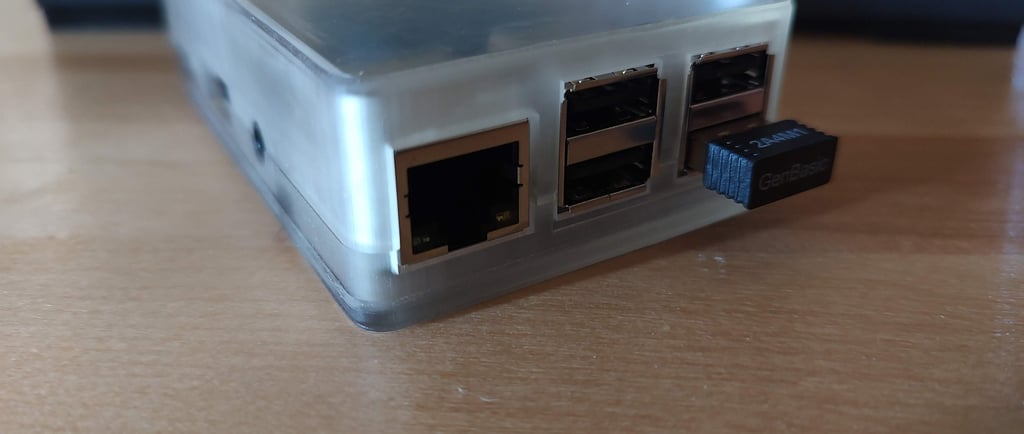Running Pi-hole on a Libre Le Potato with Armbian: My Journey Away from Raspberry Pi
A Chip Called Potato Solved a Problem the Pi Couldn’t
William
5/7/20252 min read


Like many tech hobbyists, I once relied heavily on the Raspberry Pi for all my single-board computing needs. But during the recent shortage, getting one at MSRP was nearly impossible. I wasn’t willing to pay inflated prices just to block ads on my network. That’s when I discovered the Libre Computer "Le Potato"—an affordable, Raspberry Pi alternative that turned out to be more than capable for the task.
Why the Le Potato?
When the Pi drought hit, I started exploring alternatives that could run 24/7 without burning a hole in my wallet. The Le Potato, powered by the Amlogic S905X, checked most of the boxes:
Quad-core ARM Cortex-A53 CPU
2GB DDR3 RAM
HDMI 2.0, USB 2.0 ports, Gigabit Ethernet
eMMC module support for better storage performance
What really sealed the deal for me was eMMC support. I knew I’d be running Pi-hole continuously and wanted something more durable and faster than a microSD card. I purchased a 16GB eMMC module, which made installation and performance noticeably snappier.
Installing Armbian
To get the Le Potato up and running, I installed Armbian, a lightweight Debian-based OS tailored for ARM boards. The community support and documentation were solid, and the install process was smooth:
I downloaded the latest Armbian image for the AML-S905X-CC (Le Potato) from Armbian’s official site.
Flashed it directly to the eMMC using a USB-to-eMMC adapter and Balena Etcher.
Booted it up and connected via SSH to finalize setup.
The system was up in minutes, and I had a solid Debian-based platform ready for anything.
Setting Up Pi-hole
With Armbian ready, installing Pi-hole was straightforward:
curl -sSL https://install.pi-hole.net | bash
I walked through the installer, pointed it to my router as the DNS server, and boom—ads and trackers were gone from my network. The web interface ran smoothly, and I appreciated the snappy response times thanks to the eMMC storage.
Final Thoughts
The Libre Le Potato has been rock-solid. For around the same price—or even less—than a Raspberry Pi at reseller prices, I got a board that’s stable, well-supported by Armbian, and ideal for low-resource network services like Pi-hole.
Would I recommend it? Absolutely—especially if you want a Pi-hole setup that just works, without relying on the elusive Raspberry Pi.
